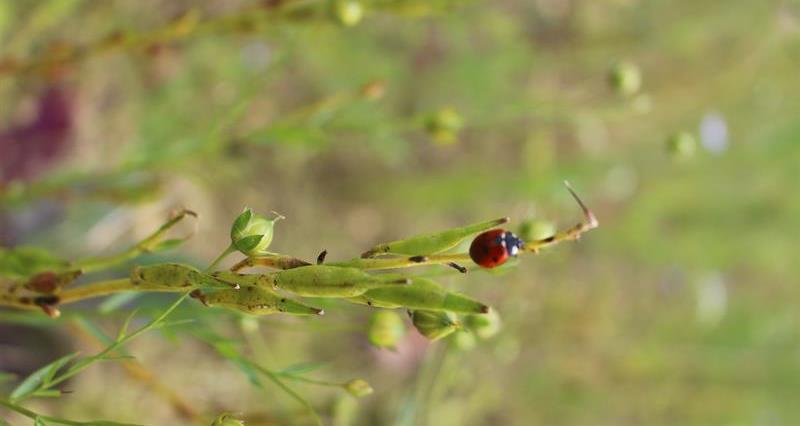An effective IPM strategy is vital for any arable business, and building a plan for the cropping year is a valuable decision-making tool. The VI (Voluntary Initiative) IPM plans are the most widely used in the industry, with over 17,000 plans completed since 2021.
The VI and the NFU have worked together to create an updated and improved version of the VI arable IPM plan, which is more user-friendly, has a stronger planning function and provides tailored, practical advice for improving your IPM strategy.
The new IPM plan for broad acre crops should take around 30 minutes to fill in.
The three sector-specific plans are available for predominantly arable, grassland and horticulture businesses.
The improvements focus on three areas:
- Usability – the online tool is more user-friendly, with clearer, more straightforward questions. The IPM also automatically saves so that the plan can be filled in sections.
- User value – questions have been divided into two sections
- Survey: this section asks the user about their understanding of IPM and how they make their IPM decisions.
This valuable data is combined with that of other users, anonymised and used in lobbying, policy development and understanding the challenges facing IPM. - �ʱ�����:�� this section allows users to detail what actions they already take and which they plan to adopt the coming year.
This will be a clearer way for users to identify actions they plan to take on specific crops.
- Survey: this section asks the user about their understanding of IPM and how they make their IPM decisions.
- Feedback quality – the feedback provided has been changed to provide tailored, practical and easily digestible pieces of agronomic advice.
The advice is accessible enough not to require interpretation by an agronomist and aims to provide ideas for further actions that could be considered.
The plans are freely available to all in the industry.
“Having a plan in place across the rotation that is based on science and evidence, combined with previous experience and knowledge of your land, is the best way to make sure that you are getting the most out of integrated pest management.”
NFU senior plant health adviser Dr Alison Warrington
Incorporating user feedback gathered over the last three years, the new arable IPM Plan is formed of two sections; a ‘Survey’ section encourages the user to identify key factors when making decisions about rotations, crop type and variety and IPM actions, while the second, ‘Plan’ section provides a template where the user can map out specific current and future actions to prevent and control pests, weeds and diseases in their crops.
Phil Jarvis, Chair of the VI says: “The latest version of the IPM plan evaluates how growers currently implement IPM and then allows them to plan their next steps. It meets the SFI IPM Action 1 standard, and that will bring a small financial benefit to farmers.
“However, adopting IPM principles is not just about improving the on-farm environment.
The IPM approach shows numerous ways to improve financial efficiency when growing food on UK farms. The new plan ‘hits the mark’, allowing all growers to complete the plan without assistance or alongside their BASIS accredited agronomist, helping shape IPM ideas for the future.”
NFU senior plant health adviser Dr Alison Warrington said: “IPM lies at the core of arable farming and is critical for ensuring effective control of crop pests, boosting productivity and improving the environmental impact of food production.
“Having a plan in place across the rotation that is based on science and evidence, combined with previous experience and knowledge of your land, is the best way to make sure that you are getting the most out of integrated pest management.
“This new arable plan, developed by the VI alongside the NFU, builds on what was already an industry-leading resource to provide an easy-to-use tool that allows you to consider what actions you already take on farm, what works, what doesn’t work and what additional actions you can adopt to improve your IPM strategy further.”
“The new plan ‘hits the mark’, allowing all growers to complete the plan without assistance or alongside their BASIS accredited agronomist, helping shape IPM ideas for the future.”
Phil Jarvis Chair of the VI
Completing the plan with a BASIS-qualified adviser can satisfy the criteria of the SFI IPM paid actions (Action 1 – IPM1) as well as a number of assurance and retailer schemes.
New, improved versions of the remaining two sector-specific plans, grassland and horticulture, will be released over the coming months.
